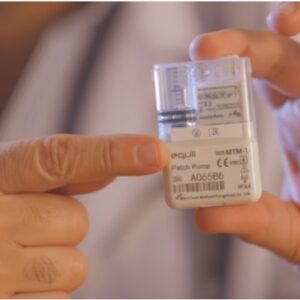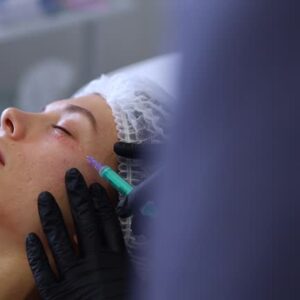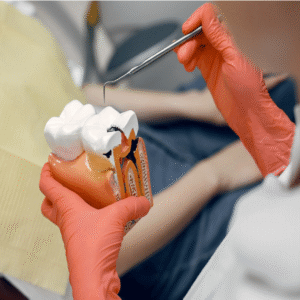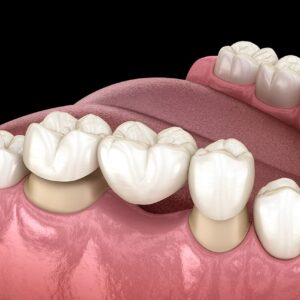Acne scars can significantly impact one’s confidence and self-esteem, prompting many individuals to seek effective solutions to improve their skin’s appearance. Among the various options available, acne scar treatment has become increasingly popular for its ability to diminish the visibility of scars and promote smoother, clearer skin. If you are considering treatment options, a common concern is whether the procedure requires downtime. Understanding this aspect is crucial for planning your schedule and ensuring a smooth recovery process. In this comprehensive guide, we will explore the nature of acne scar treatments, their typical downtime requirements, and what you can expect during your journey to clearer skin.
Understanding Acne Scar Treatment
What Is Acne Scar Treatment?
Acne scar treatment encompasses a variety of procedures designed to reduce the appearance of scars caused by acne. These treatments aim to stimulate collagen production, resurface the skin, or remove damaged tissue to create a more even skin surface. Depending on the type and severity of scars, different methods may be used, including laser therapy, microneedling, chemical peels, or dermal fillers.
Types of Acne Scars
- Atrophic scars: Depressed scars such as icepick, boxcar, and rolling scars.
- Hypertrophic scars: Raised scars that protrude above the skin surface.
- Keloid scars: Thick, raised scars that extend beyond the original wound boundary.
Goals of Treatment
The primary goal is to improve skin texture and appearance, making scars less noticeable. Treatments can be tailored to individual skin types and scar characteristics, providing personalized solutions for optimal results.
Common Acne Scar Treatment Modalities
Laser Resurfacing
Laser treatments use focused light energy to remove damaged skin layers or stimulate collagen growth. They are highly effective for various scar types and can produce significant improvements in skin texture.
Microneedling
This minimally invasive procedure involves creating controlled micro-injuries to the skin, promoting collagen and elastin production. It is suitable for treating atrophic scars and improving overall skin tone.
Chemical Peels
Chemical solutions are applied to peel away damaged skin layers, revealing fresh, healthier skin underneath. Peels vary in depth, with deeper peels offering more dramatic results.
Dermal Fillers
Injectable fillers can temporarily elevate depressed scars, making them less noticeable. They are often used in combination with other treatments for comprehensive scar management.
Does Acne Scar Treatment Require Downtime?
Understanding Downtime in Acne Scar Treatments
Downtime refers to the period during which you may experience discomfort, swelling, redness, or other side effects following a procedure, which can interfere with daily activities. Whether a treatment requires downtime depends on its invasiveness, intensity, and the body’s healing response.
Laser Resurfacing and Downtime
Laser procedures, especially ablative types, tend to have a longer recovery period. Patients may experience redness, swelling, and peeling for several days to a week. Non-ablative lasers generally have minimal downtime, allowing patients to resume normal activities sooner.
Microneedling and Downtime
Microneedling is typically associated with minimal downtime. Minor redness and swelling may last for a few hours to a day, making it suitable for those with busy schedules. Multiple sessions may be recommended for optimal results.
Chemical Peels and Downtime
The depth of the peel determines the recovery period. Superficial peels usually have negligible downtime, while medium to deep peels may require several days of healing with skin peeling and redness. Light peels are often performed during lunch hours, with minimal disruption.
Dermal Fillers and Downtime
Injectable fillers generally involve little to no downtime. Patients might experience temporary swelling or bruising at the injection site, which resolves quickly. This makes fillers an attractive option for those seeking immediate results with minimal recovery.
Factors Influencing Downtime and Recovery
Skin Type and Sensitivity
Individual skin responses vary, influencing the duration and intensity of recovery. Sensitive skin types may experience more pronounced redness or swelling.
Scar Severity and Location
More severe scars or those located in highly mobile areas may require more intensive treatments, potentially extending downtime.
Post-Treatment Care
Adhering to recommended post-procedure care can affect healing time. Proper hydration, sun protection, and skincare routines support faster recovery.
Personal Lifestyle and Schedule
Your daily commitments and flexibility can determine the most suitable treatment modality. Discussing your schedule with your dermatologist helps choose an appropriate procedure that aligns with your lifestyle.
Preparing for Acne Scar Treatment
Consultation and Assessment
A thorough consultation with a qualified specialist is essential to evaluate your skin condition, discuss goals, and determine the most appropriate treatment plan.
Pre-Treatment Guidelines
Prior to treatment, patients may need to avoid certain medications, tanning, or skin irritants. Following pre-procedure instructions can optimize results and reduce complications.
Setting Realistic Expectations
Understanding the potential outcomes and recovery process helps manage expectations and ensures satisfaction with results.
Post-Treatment Care and Recovery Tips
Immediate Post-Procedure Care
Depending on the treatment, your dermatologist may recommend soothing creams, sunscreen, and gentle cleansing. Avoiding direct sun exposure is crucial during healing.
Managing Discomfort and Side Effects
Mild discomfort, redness, or swelling are common and can be managed with prescribed medications or home remedies. Following aftercare instructions accelerates healing.
Follow-Up Treatments
Multiple sessions may be necessary for optimal results. Regular follow-ups ensure proper healing and allow adjustments to your skincare routine.
Final Thoughts: Is Downtime Necessary?
The requirement for downtime varies significantly based on the type and intensity of acne scar treatment chosen. Non-invasive options like microneedling and superficial chemical peels typically involve minimal or no downtime, making them suitable for individuals with busy schedules. More intensive procedures such as ablative laser resurfacing may require a few days to a week of recovery, during which skin may appear red, swollen, or peeling.
Consulting with a qualified skincare specialist will help determine the most appropriate treatment plan tailored to your skin condition and lifestyle preferences. A well-planned approach, combined with proper post-treatment care, can lead to remarkable improvements in your skin’s texture and appearance with manageable recovery periods.
Frequently Asked Questions (FAQs)
1. How long does it typically take to see results from acne scar treatment?
Results can vary depending on the treatment type and individual skin response. Generally, noticeable improvements become apparent within a few weeks after the procedure, with full results often visible after multiple sessions and healing periods.
2. Can acne scar treatments be combined with other skin procedures?
Yes, combining treatments such as chemical peels, laser therapy, or microneedling can enhance overall skin rejuvenation. An experienced specialist will tailor a comprehensive plan to address your specific concerns.
3. Is it necessary to avoid sun exposure after acne scar treatment?
Absolutely. Sun protection is vital post-treatment to prevent pigmentation changes and support optimal healing. Using broad-spectrum sunscreen and avoiding prolonged sun exposure is recommended.
4. How do I choose the right acne scar treatment?
Selecting the appropriate treatment depends on your scar type, skin tone, severity, and lifestyle. A consultation with a certified skincare professional will help identify the most effective options for your individual needs.






